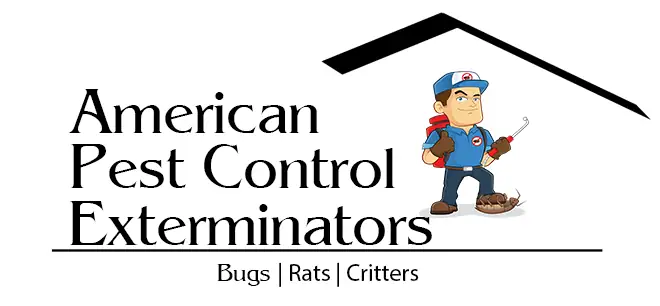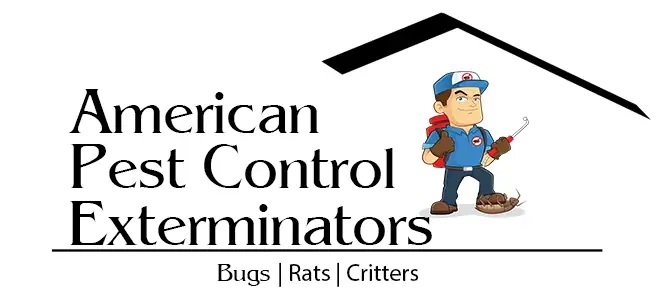
How to Pack and Store Belongings After a Bed Bug Infestation
Bed bug infestations can be a nightmare for any homeowner. Not only do these small pests leave itchy and painful bites on their human hosts, but they also pose a challenge to get rid of. Once your space has been infested with bed bugs, it’s important to take the right steps to make sure they don’t return. In this blog post, we will discuss how to properly pack and store your belongings after a bed bug infestation. We’ll cover topics such as packing materials, storage methods, and other tips to ensure that you keep your items safe from future infestations. Read on to learn more!
What are Bed Bugs?
bed bugs are small, parasitic insects that feed on the blood of humans and animals. They are usually active at night and hide in cracks and crevices during the day. Bed bugs are a nuisance but they are not known to transmit disease.
Some people may experience an allergic reaction to bed bug bites, which can cause itching, redness, and swelling. If you think you have been bitten by a bed bug, it is important to seek medical attention and remove the insect as soon as possible.
If you have a bed bug infestation in your home, it is important to take steps to control the problem as soon as possible. You will need to clean all infested areas thoroughly and vacuum all furniture, carpets, and floors. It is also important to wash all bedding and clothing in hot water and dry them on high heat. You may need to treat your home with an insecticide or hire a professional pest control company to get rid of the problem completely.
How to Get Rid of Bed Bugs
If you’ve been unlucky enough to experience a bed bug infestation in your home, you’ll want to get rid of them as quickly as possible. Not only are they a nuisance, but they can also be dangerous to your health.
The first step is to identify where the bed bugs are coming from. This can be tricky, as they often hide in small cracks and crevices. Once you’ve found the source, you’ll need to treat it with a pesticide. Be sure to follow the instructions on the label carefully.
Next, you’ll need to vacuum all of the affected areas of your home. This includes furniture, carpets, and any other fabric surfaces. Be sure to dispose of the vacuum bag immediately after use.
Finally, wash all of your bedding and clothing in hot water. This will kill any remaining bed bugs and their eggs. Once everything is clean and dry, store it in sealed plastic bags or containers until you’re ready to use it again.
How to Pack and Store Belongings After a Bed Bug Infestation
After a bed bug infestation, it is important to carefully pack and store your belongings to prevent the bugs from spreading. Here are some tips on how to do so:
• Inspect all of your belongings for bed bugs. This includes clothing, furniture, bedding, and other items. If you find any bed bugs, be sure to dispose of them properly.
• Vacuum all of your belongings thoroughly. This will help to remove any remaining bed bugs as well as their eggs.
• Wash all of your clothing and bedding in hot water. This will kill any remaining bed bugs or eggs.
• Place all of your belongings in plastic bags or storage containers. This will prevent the bed bugs from being able to spread to other areas of your home.
• Be sure to label all of the bags or containers so that you know which items have been affected by the infestation.
• Store your belongings in a cool, dry place until you are ready to use them again.
By following these tips, you can make sure that your belongings stay safe from bed bugs. Keep in mind that it is important to take the right steps to ensure that the problem does not return.
What to Do With Infested Belongings
Whenever possible, it is best to throw away any infested belongings. This is especially true for items that are made of fabric or other materials that bed bugs can easily hide in. However, there may be some items that you cannot bear to part with or that would be too expensive to replace. If this is the case, you will need to take extra care when packing and storing these items.
The most important thing to remember is that you must seal these belongings in airtight containers. This will prevent bed bugs from being able to escape and will also starve them of the oxygen they need to survive. Bed bugs can live for up to a year without food, so it is essential that you make sure they have no way of getting out of the container and finding something to eat.
You should also consider storing these containers in a place that is not easily accessible for bed bugs. A good option is a storage unit that is kept at a temperature below freezing. This will kill any bed bugs that are inside the containers and will prevent any new ones from being able to get in.
How to Prevent a Future Infestation
To prevent a future infestation, it is important to properly pack and store your belongings. All items should be cleaned and inspected before being stored. Clothing should be placed in plastic bags and sealed tightly. Furniture should be wrapped in plastic and stored in a dry, cool area. Mattresses and box springs should be encased in bed bug proof covers and placed in a sealed bag. Pest control professionals can also help to prevent future infestations.
Conclusion
Bed bugs are an incredibly frustrating and unpleasant problem to have, but it’s important not to panic. By following the proper packing and storage techniques outlined in this article, you can help protect your belongings from further infestation. It is also essential to take all necessary steps to ensure that the bedbug infestation has been completely eliminated before returning any of your belongings back into your home. With a little patience, a lot of caution, and these tips in mind, you will be able to reclaim your home without fear of future bed bug problems.

